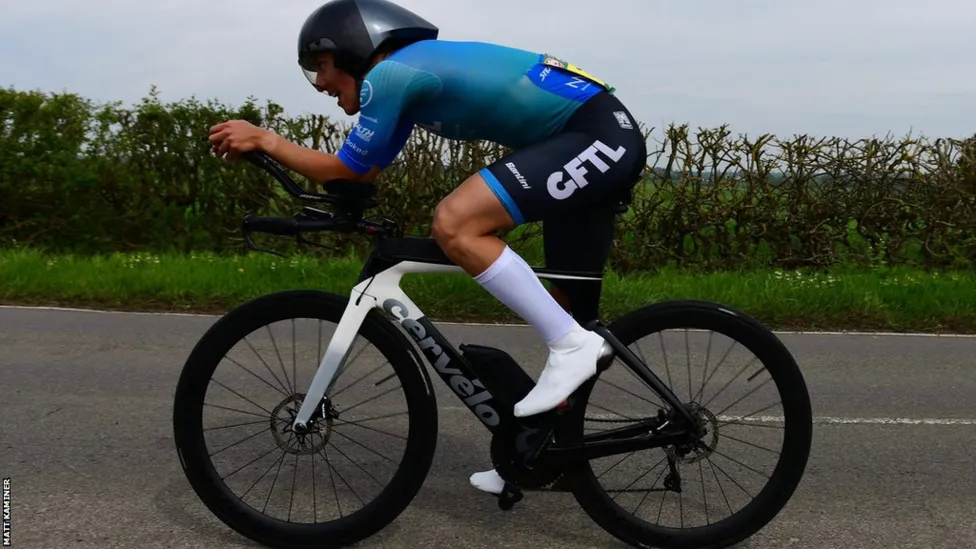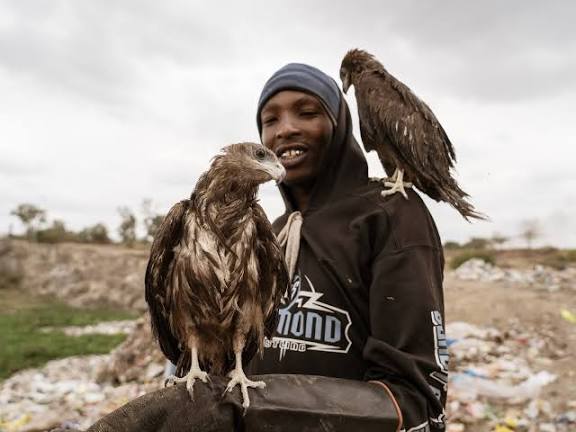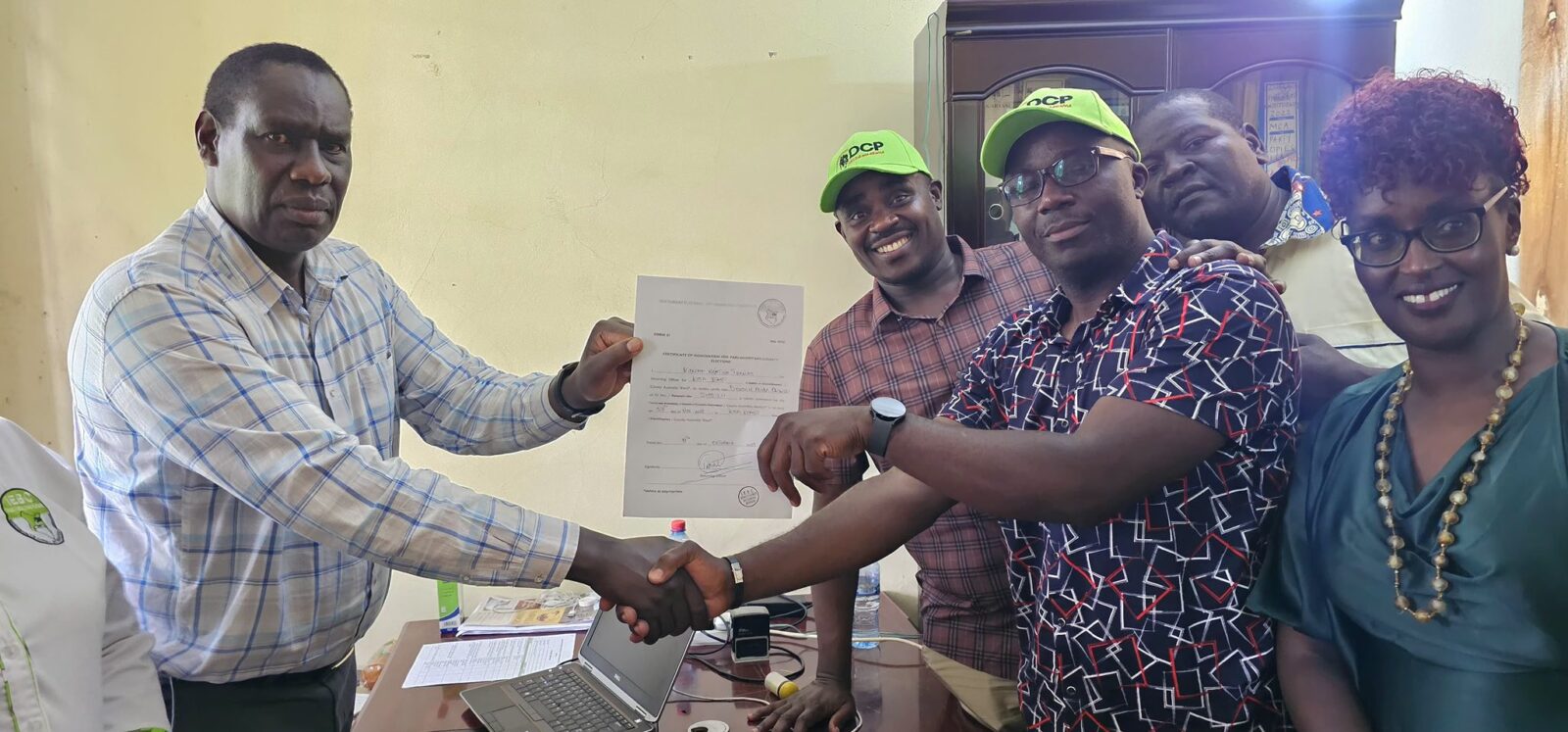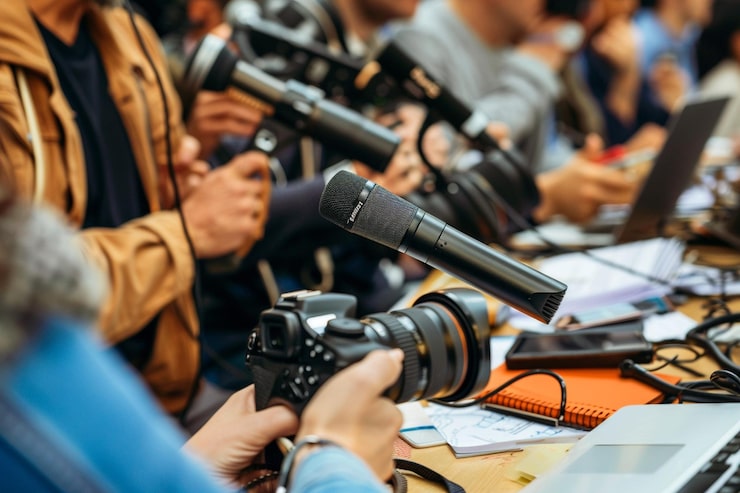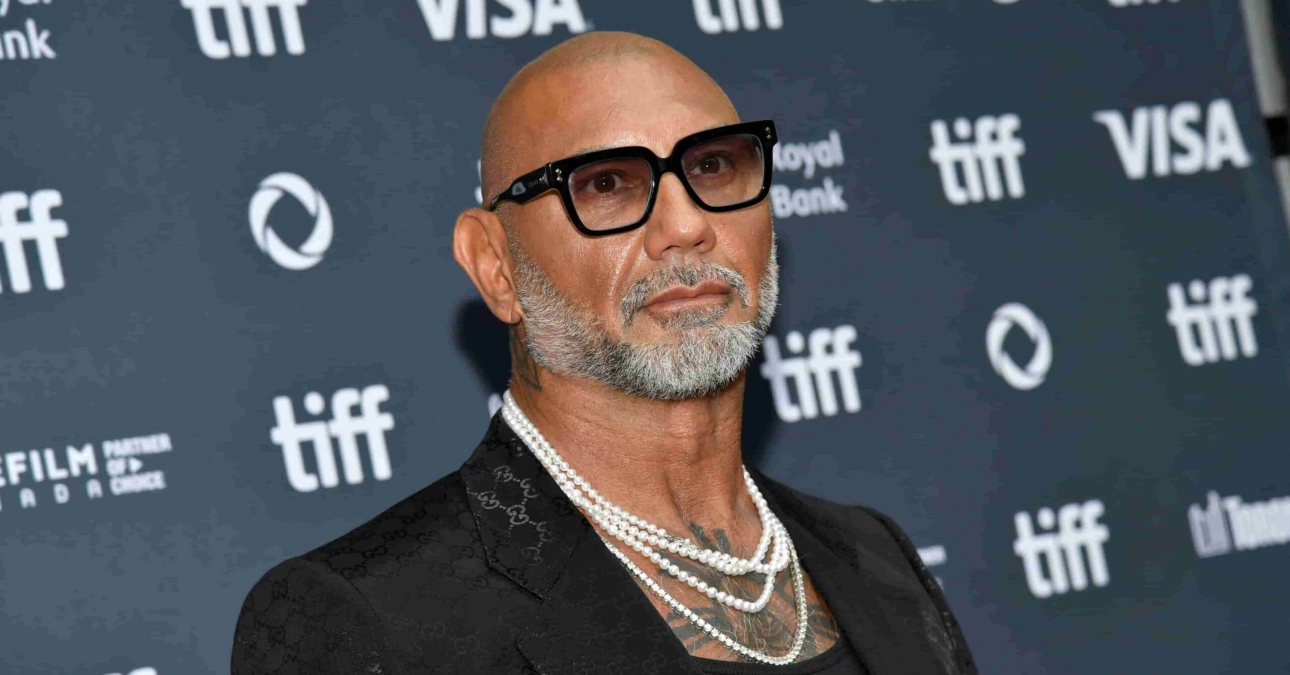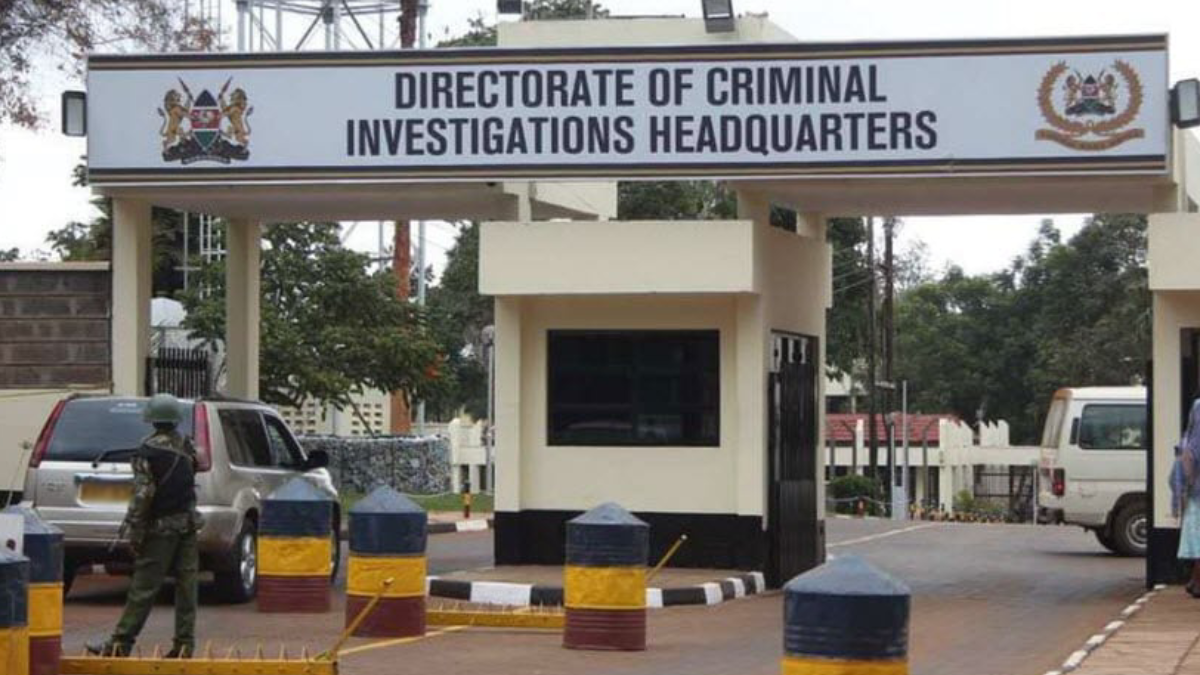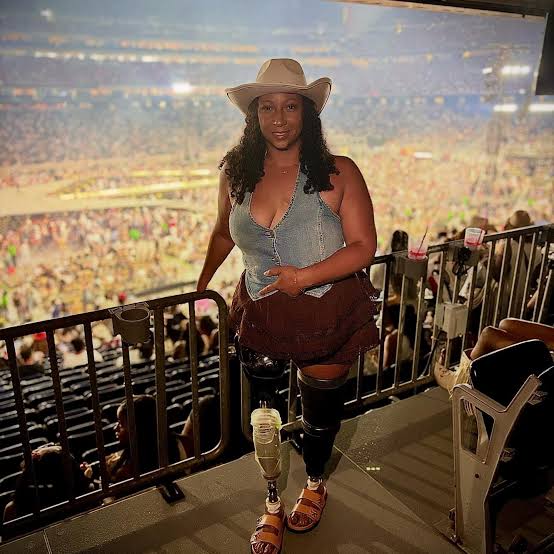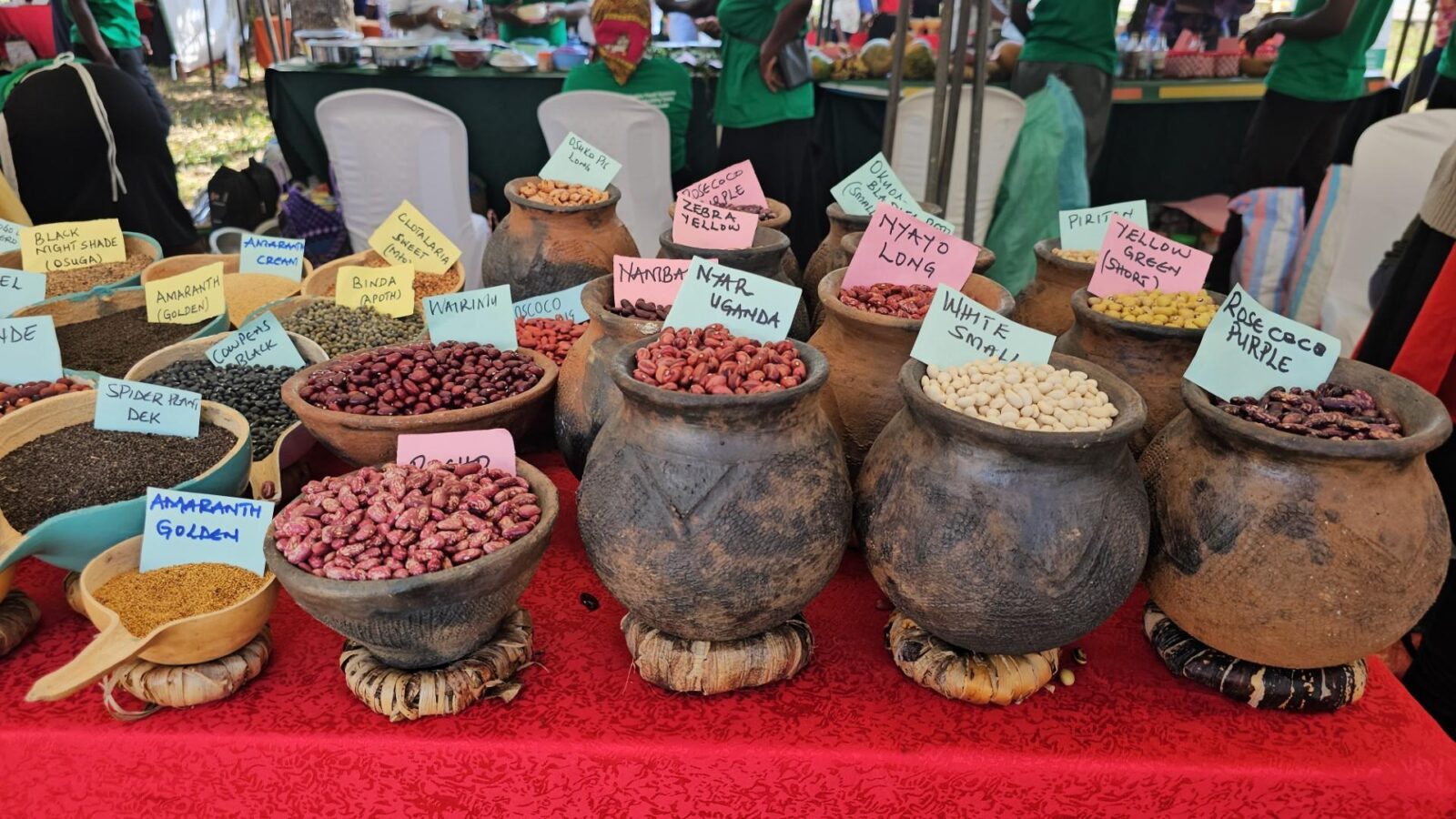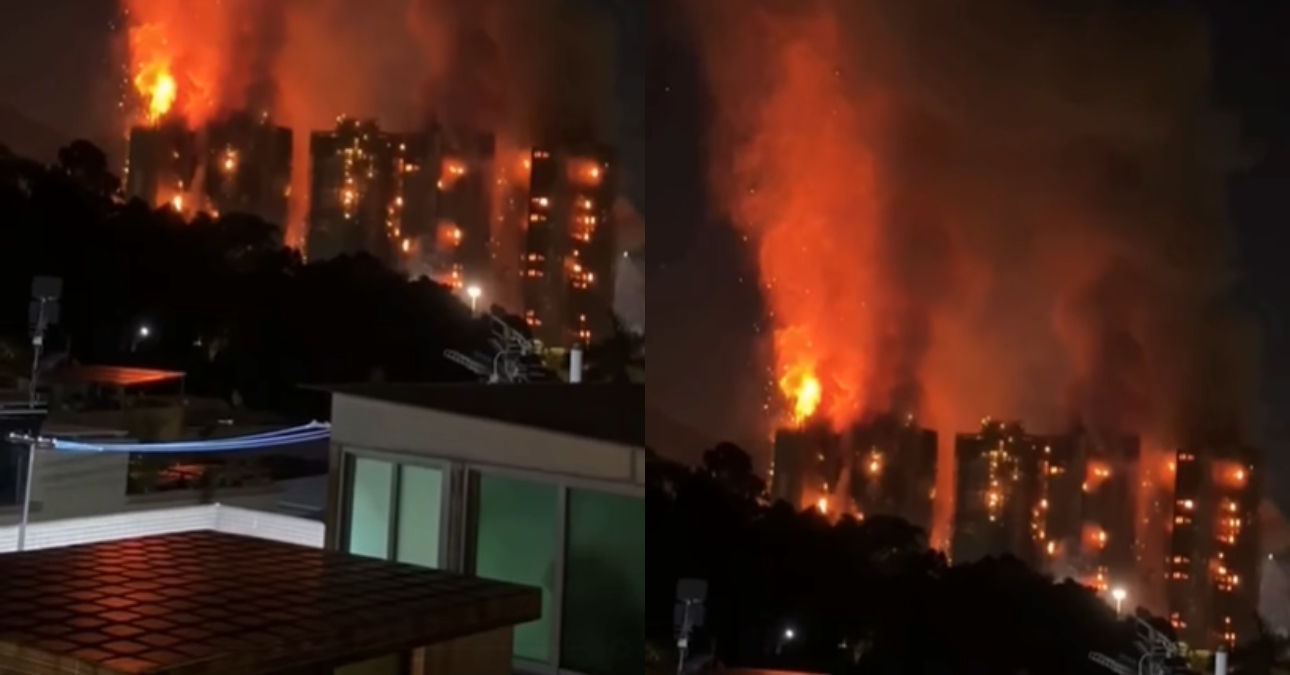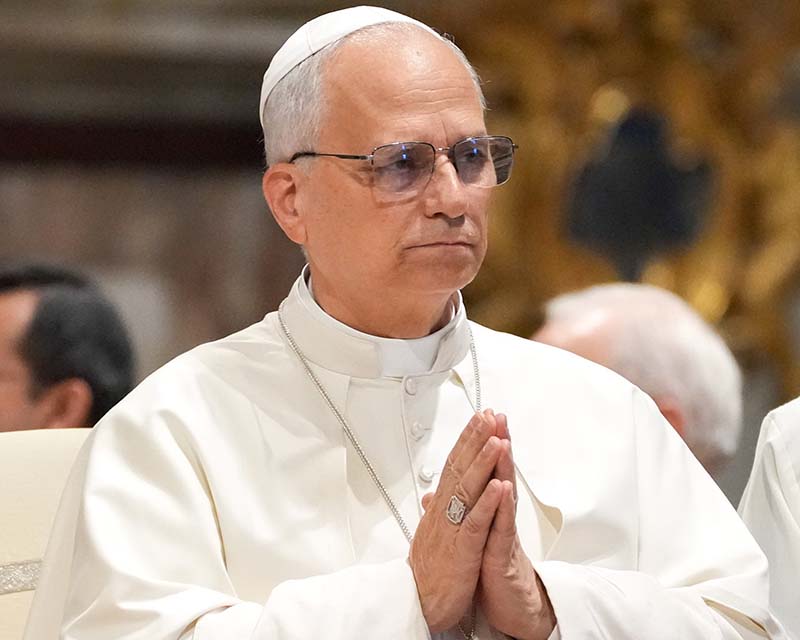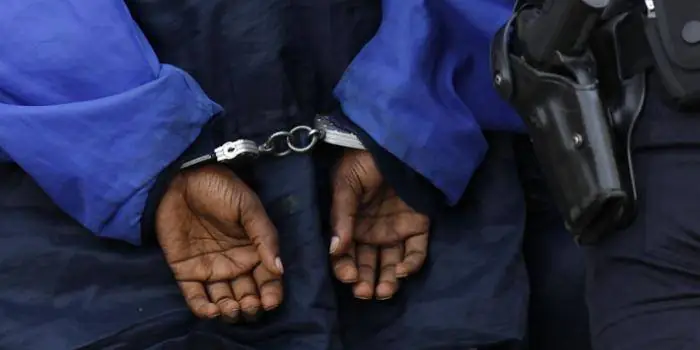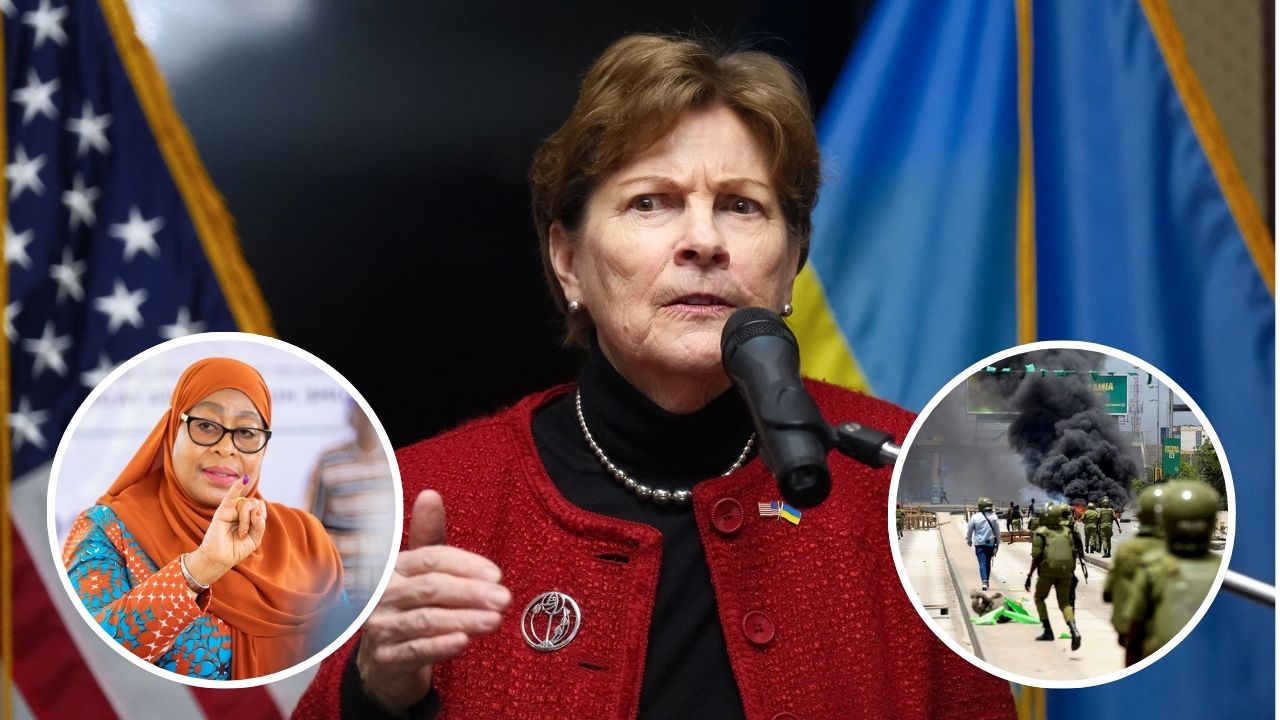Rodgers Oloo Magutha, aged 27, is a street dweller in Nairobi known for walking with birds perched on his shoulders and head, mainly raptors like black kites. He has spent many years living on the streets, blending into Nairobi’s community of homeless youth, but the birds set him apart and draw curious onlookers.
Magutha says he didn’t seek out the birds, they came to him. He traces his love for birds back to his childhood in Nakuru, where he would sneak into Lake Nakuru National Park to watch flamingos, pelicans and other species. He also kept domestic birds such as pigeons, chickens, ducks at home and even once rescued a flamingo.
When he was 13, his mother, who was raising him alone, died abruptly. That loss led him to drift between relatives before ending up living on the streets of Nakuru, Mombasa, and later Nairobi, doing odd jobs or scavenging to survive. Over time, he gathered a “street family” of other youth who live on the margins, many of them orphans or traumatized by abandonment. He tries to help them by teaching reading, writing, and encouraging them to imagine a better future.
His turning point came with a baby black kite he rescued under a tree on Moi Avenue in Nairobi’s central business district. The bird, weak and starving, accepted food from him and climbed onto his hand.
Magutha named it “Johnson,” after Nairobi’s governor, viewing it as a symbolic leader among birds. Over time, he has rescued kites, crows, an owl, marabou storks, and pigeons, nursing orphans, injured or sick birds back to health, and attempting to release them back to the wild. In parks like Uhuru, he tries to teach them to fly and hunt.
One challenge he constantly faces is habitat loss. Nairobi’s trees, the birds’ homes, are being felled to make way for roads and buildings. When nests fall, chicks are left vulnerable. Magutha says he’s rescued kites from such fallen nests.
Magutha first gained wide public attention during the June 2024 protests in Nairobi. He joined the protest, wearing Johnson on his head and two other kites on his shoulders.
That visibility made him a viral symbol, but also put him at physical risk. He was reportedly beaten by police, shot with a rubber bullet (which affected his vision), and hit with tear gas during confrontations. He suspects one shot may have been aimed at Johnson, though it wounded him instead.
Despite viral fame, his life didn’t improve dramatically. He continues to sleep rough on sidewalks, in abandoned buildings or parks and to scavenge for materials or donations to feed his birds.
Supporters sometimes donate meat and supplies, but often he must purchase essentials himself. At times he’s released some birds earlier than planned because of lack of resources.

